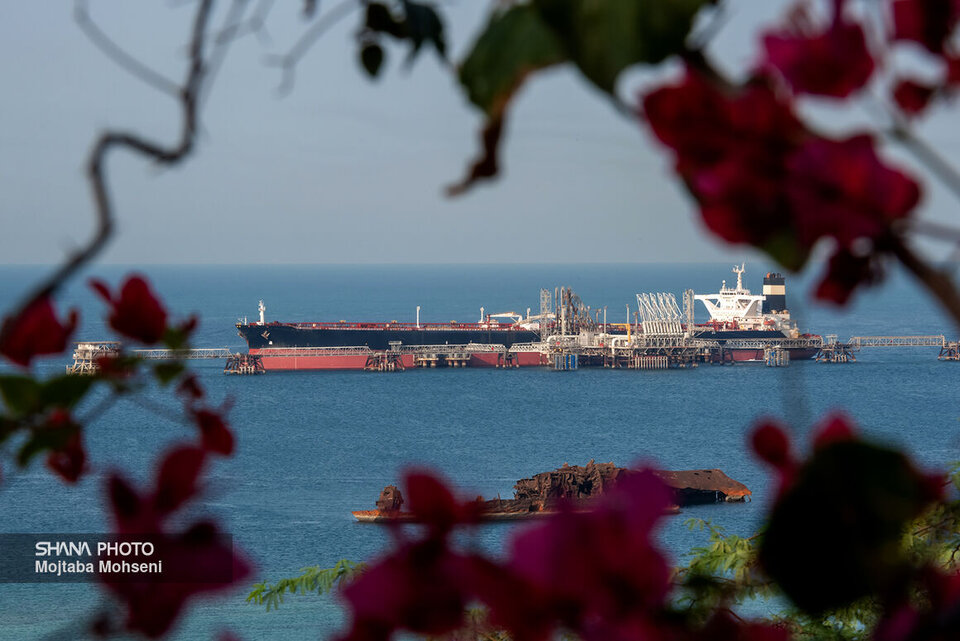Oil, the "black gold" that has long carried Iran’s economic hopes and challenges, remains central to the country’s growth, even as economic sanctions loom large. Developing oil fields amid limited resources and Western sanctions has forced Iran to seek a third path.
Globally, oil remains a key energy source and economic driver. International shifts—from global oil market changes to regional rivalries—heavily influence national oil policies. As one of the world’s largest oil and gas reserve holders, Iran aims to strengthen its position by diversifying oil contracts.
Though sanctions pose major challenges, Iran is leveraging domestic capabilities to make oil deals more attractive. These contracts, designed to attract investment and transfer technology, could play a pivotal role in field development and production growth.
Global developments also impact Iran’s oil policies. Rising energy demand, regional competition and oil price fluctuations have pushed Iran to offer more flexible, appealing contract models to lure investors. These efforts could boost both the oil sector and the broader economy while reducing reliance on foreign resources.
Contract models: From buyback to IPC
Globally, three main oil development contracts exist: concession, production sharing and service agreements. Neighboring countries have used these to develop shared fields with foreign investment and technology.
But Iran’s story differs. Before the 1979 Islamic Revolution, it signed 25 international oil contracts—four concessions, 11 production-sharing deals and nine service agreements. Post-revolution, everything changed.
Buyback: A longtime ally or temporary fix?
The buyback contract, long tied to Iran’s oil industry, emerged as a solution under sanctions and resource shortages. Its traits? High-risk, costly, but effective. Investors bear the risk, recouping costs only upon success—a feature some see as favoring the employer.
Yet flaws remain. Contractors assume no long-term responsibility for facilities, often leading to declining output in developed fields. Budget control lies with contractors, not employers, creating oversight gaps.
Post-revolution, buyback contracts evolved through generations—each addressing prior shortcomings. The first was simple; the second emphasized tech transfer and local capacity; the third granted contractors more freedom. But is buyback still viable, or is it time for new models?
Buyback’s legacy: Gas, oil projects
Despite limitations, Iran’s South Pars, the world’s largest gas field, and West Karun oil fields were developed via buyback deals—key to Iran’s energy security. Major industrial projects in the Persian Gulf and Karun River relied on this model, proving its historic role.
IPC model: A new horizon
A decade ago, buyback shortcomings prompted Iran’s Oil Ministry to draft a new model—neither concession nor production-sharing, but balancing risk and flexibility. The resulting Iran Petroleum Contract (IPC), unveiled in the mid-2010s, aimed to attract foreign investment, bolster local capacity and ensure sustainable development.
Key features of IPC:
- Partnership-based: Combines foreign and domestic firms to optimize resources and build trust.
- Flexible payment: Contractors earn per barrel, aligning costs with profits and incentivizing stable output.
- Risk-adjusted fees: Compensation varies by exploration risk, encouraging development in high-risk zones.
- Price adjustments: Fees adjust if oil prices shift more than 50% from the contract baseline.
- Cost management: Unlike rigid buyback deals, IPC allows revised development plans based on reservoir behavior, though budgets require approval.
Tech transfer: Boosting local expertise
A core IPC goal is tech transfer. Foreign firms must share advanced technology, train local staff and collaborate with Iranian companies—strengthening domestic capabilities for global competitiveness.
Long-term focus
IPC’s extended terms ensure stable production, advanced tech investment and energy security for future generations while fostering trust between partners.
Criticism, defense
Some critics cite open-ended costs and long contract durations as drawbacks. Yet, supporters argue flexibility is necessary for unpredictable reservoirs, and long-term deals help local firms grow into key international players.
Sustainable growth with IPC
IPC’s emphasis on risk-sharing, flexibility and tech transfer marks a major step toward sustainable oil sector growth. To maximize benefits, strict oversight and local capacity-building are essential. These contracts could spur economic growth and enhance Iran’s economic diplomacy.
Recent IPC deals
Since its launch, IPC has been used in key projects:
- South Pars Phase 11 (July 2017)
- Aban and Paydar West fields (March 2018)
- Sepehr and Jofair fields (March 2018)
Other fields like Yaran, Azadegan and Marun are also under IPC development.
Pivotal moment
With renewed nuclear talks and hopes for sanctions relief, Iran’s oil industry stands at a crossroads. Over 200 oil investment opportunities are set to be unveiled soon.
Flexible contracting under the new gov’t
As Hamid Bord, CEO of the National Iranian Oil Company, noted, the current administration adopts a flexible approach—open to revising contract terms to enhance appeal. Recent board decisions reflect this shift.
Ongoing struggle
Iran’s oil saga continues—a tale of challenges, hopes and promises yet unfulfilled. For now, the industry presses on, bearing the nation’s weight amid dreams and harsh realities. The day may come when sanctions fade and fresh contracts unlock new potential—but that day is not today.


Your Comment